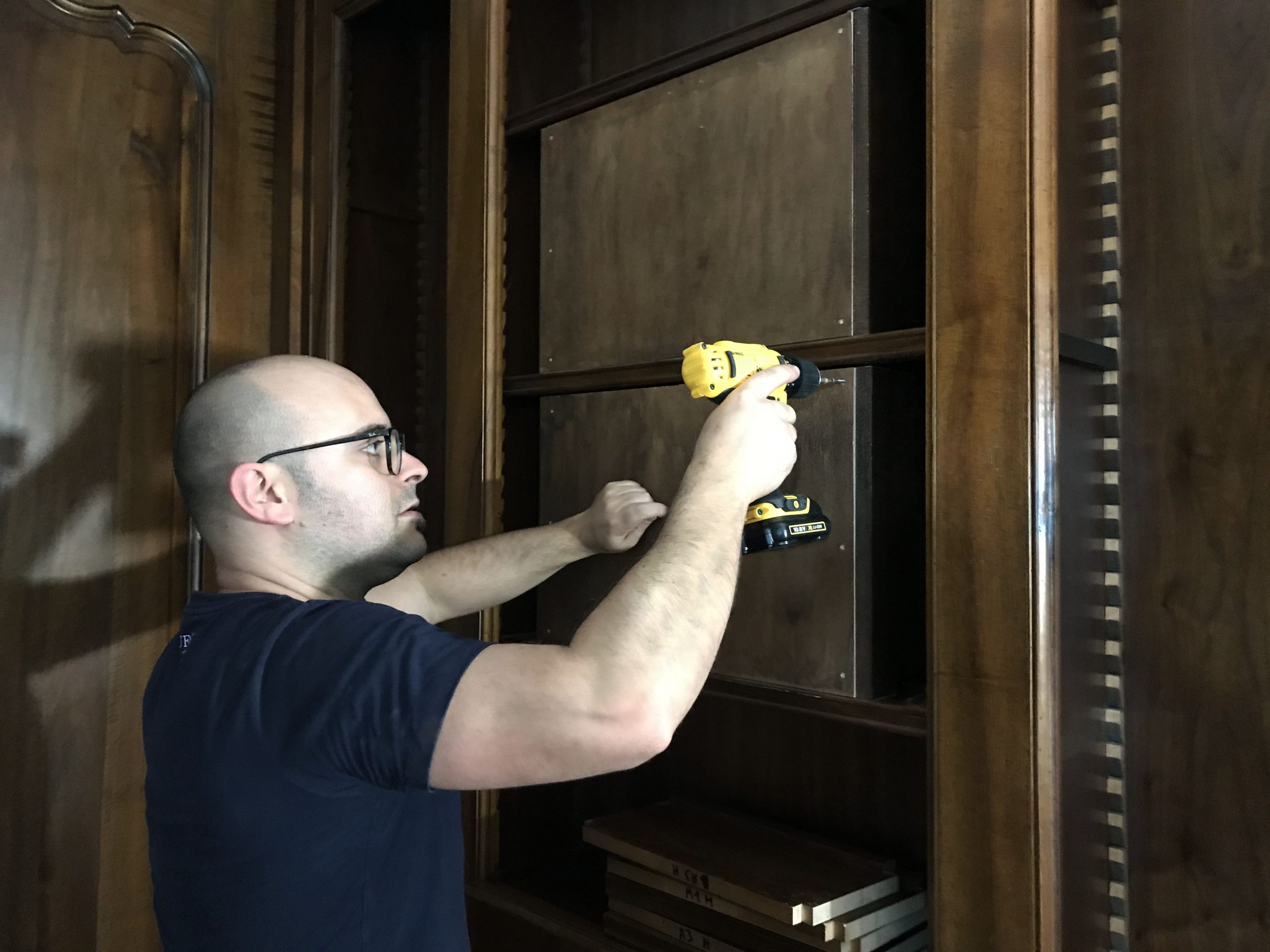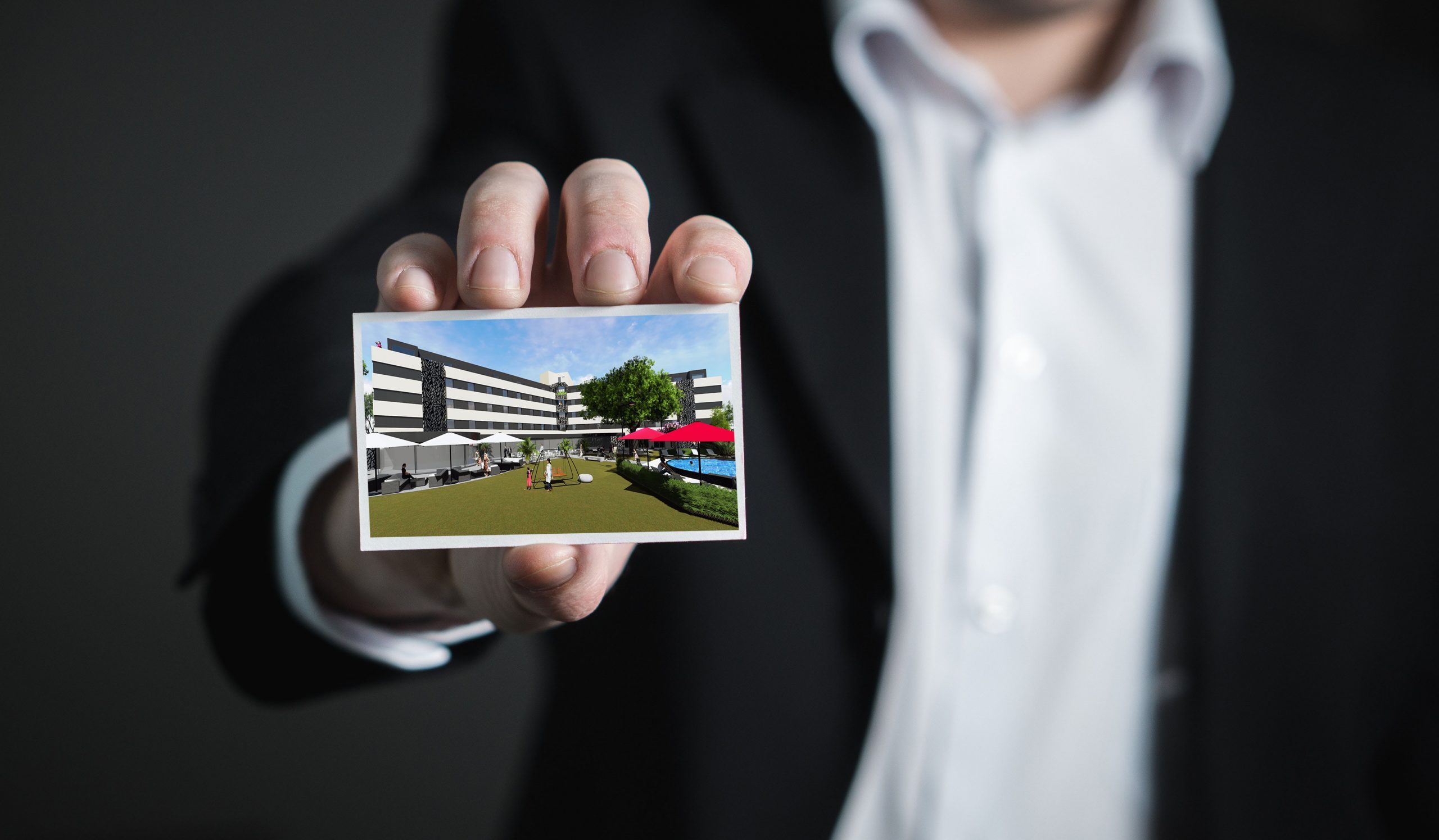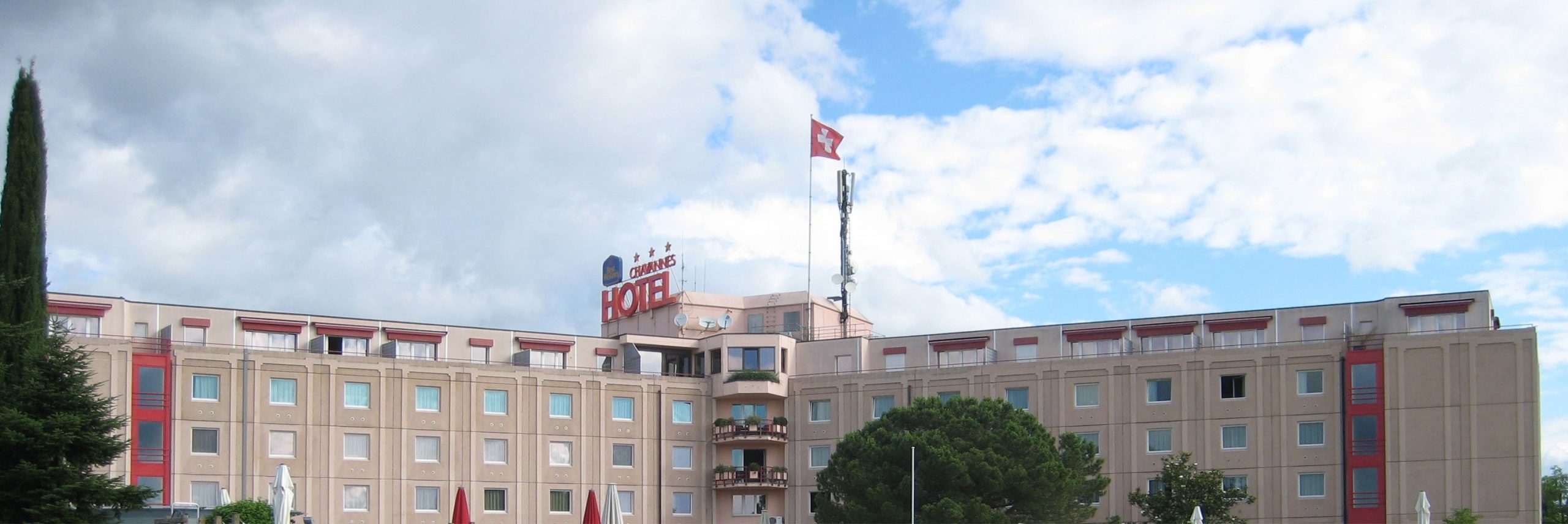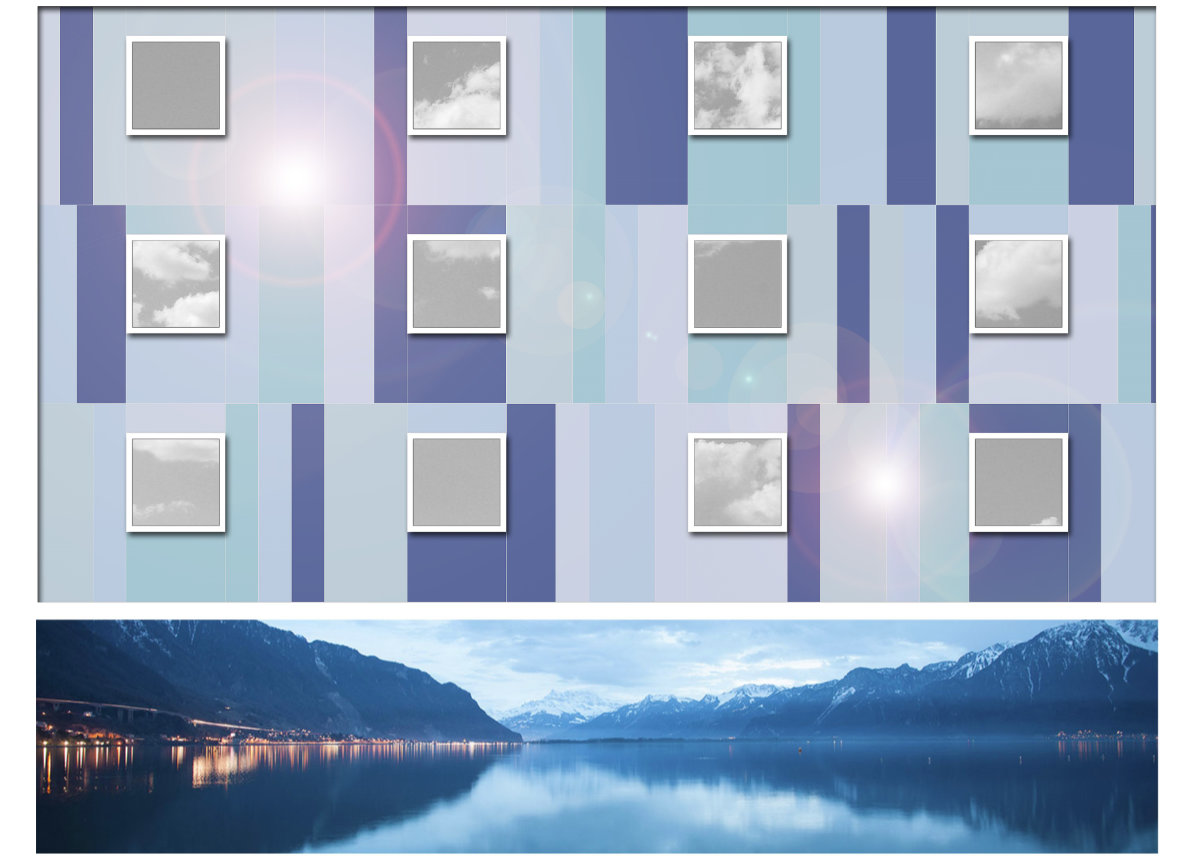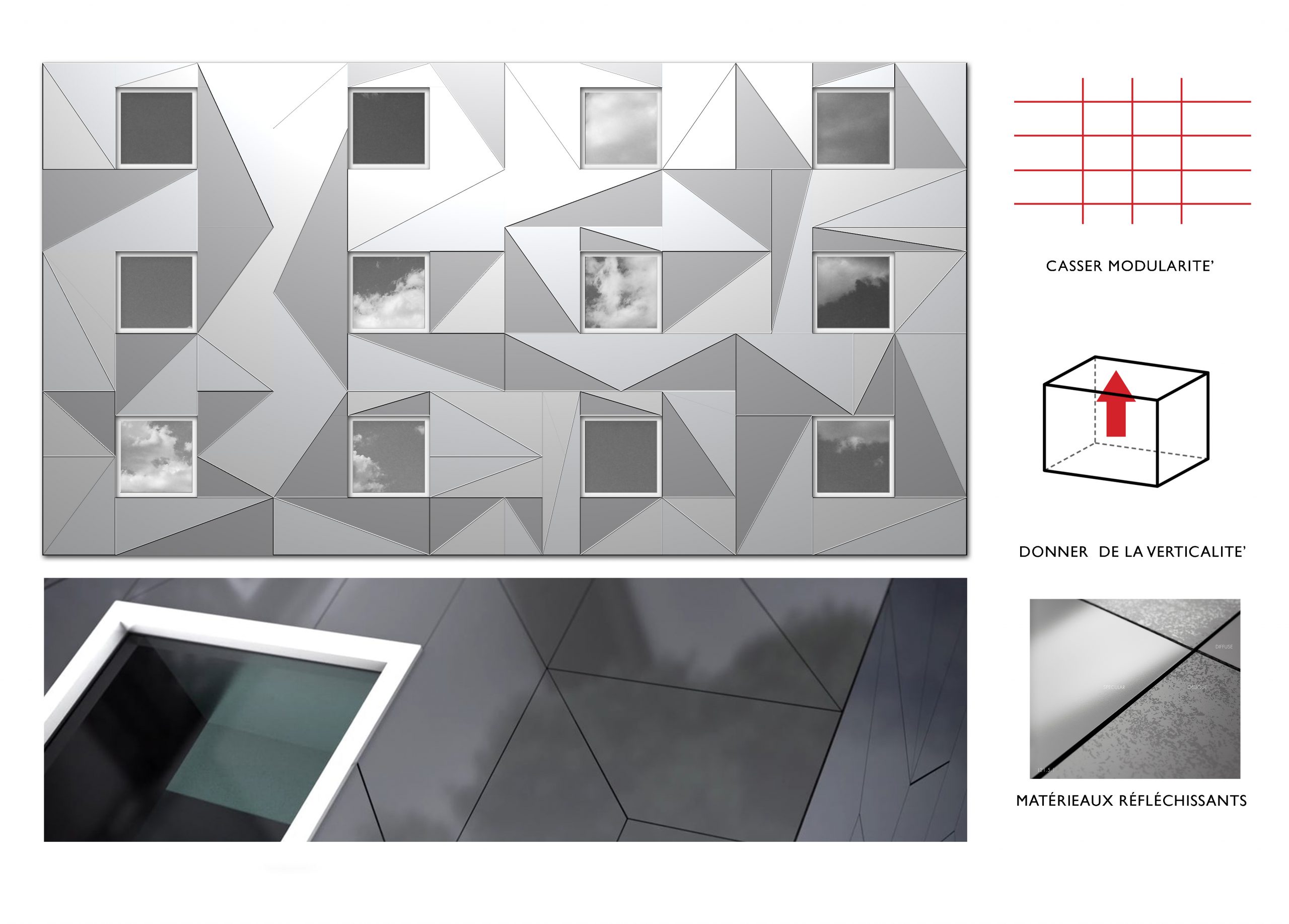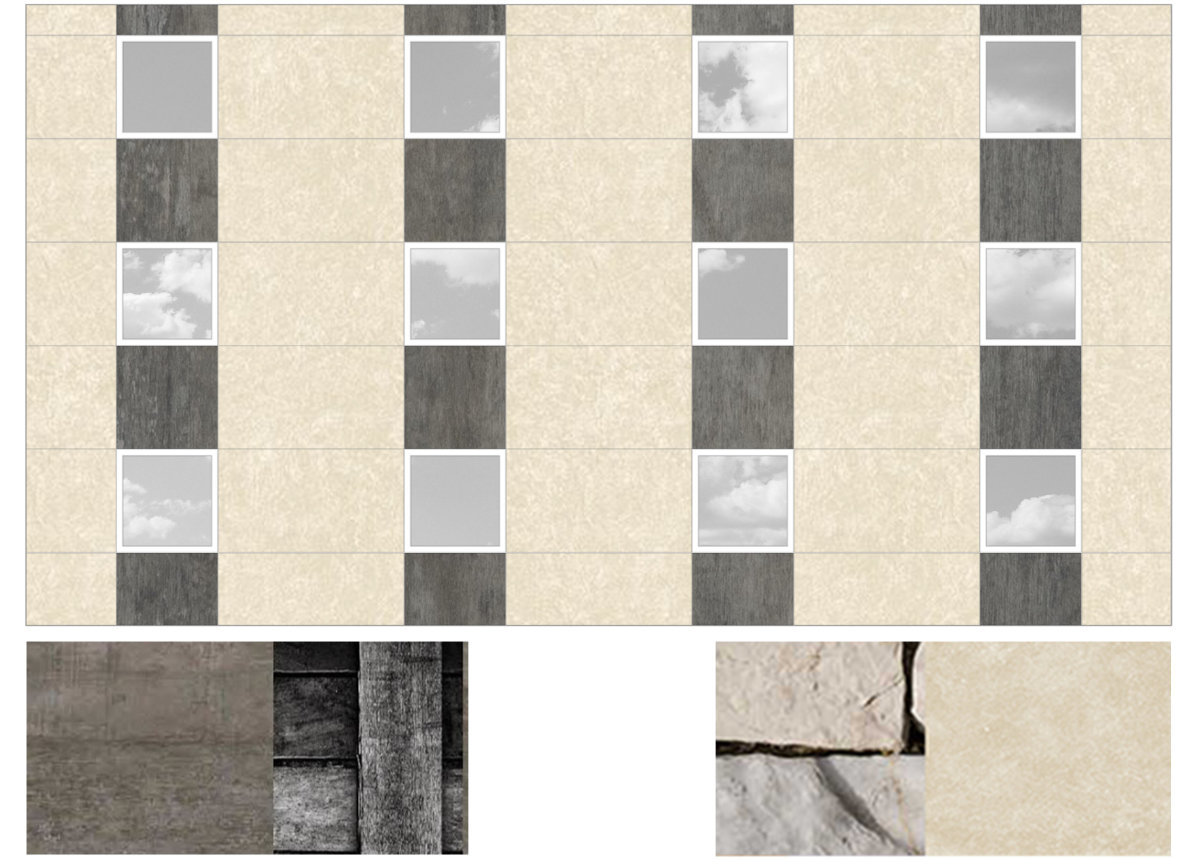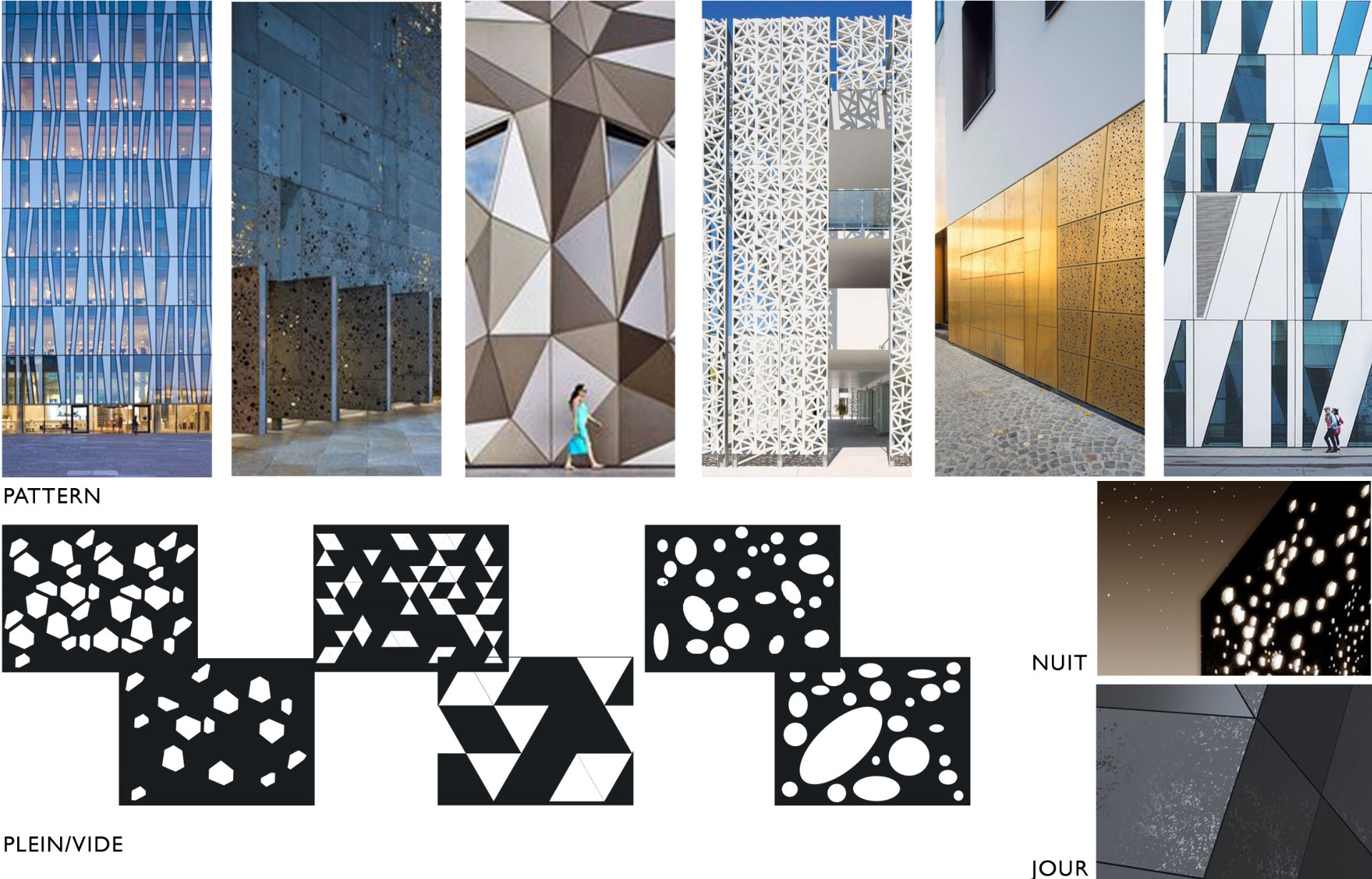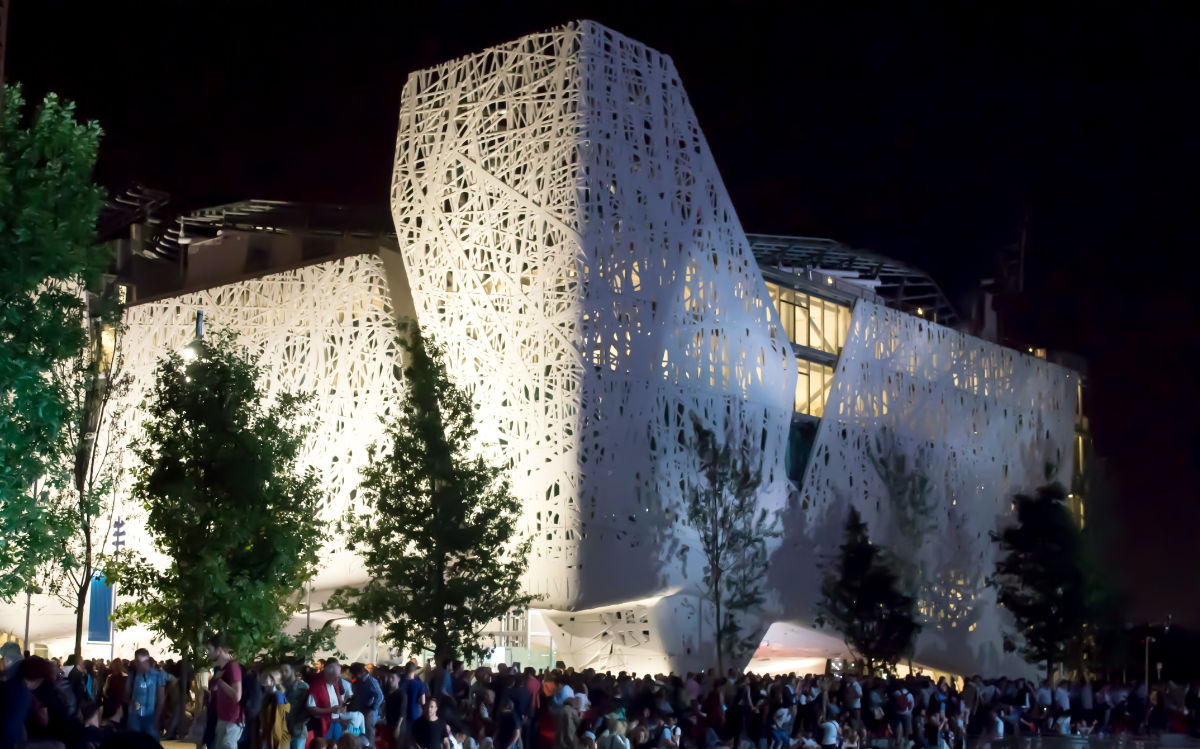PICK A TECHNICIAN, AN ART PROJECT, BLEND IT ALL TOGETHER.
by Samuele Tordini - Technical and Manager Director
«As easy as drinking a glass of water... or almost.»
How to break the ice?
I’ll start by telling you right away – so there are no secrets between us – that I am the technician in question (to be blended), while the other key ingredient in our recipe, the art project, concerns the Mas De Pierre Relais Hotel Châteaux , which I was in charge of.
When the client commissioned us with the project for the total renovation of the public areas, l imagined that l would have to ‘do my own thing’ as in any project. It is not that my work is not complicated, quite the contrary. Every day there is always something new, a problem to solve, a challenge to overcome, and I am used to it.
In this case, however, I had to try something different… Let’s go step by step.
First of all, l’ll answer the question, for those who don’t know (for others it will be a brief review) what a technician like me is called upon to do in any project that clients and architects like you commission from us.
It is not easy to explain. In brief, together with my colleagues, l deal with the purely technical part, more specifically, I check the feasibility and budget of each imagined element, l develop the detail drawings for the production of each component either for the supplier or directly for the machine, and l monitor each step of production, checking its quality.
Oh, and of course I also supervise the construction phase.
I thought I had to do this in this case too (easy enough) but as l said, it wasn’t quite like that. Perhaps l should have already guessed from the name given to this place, namely “bastide”, or from the architects who have worked on this project over the years, or simply from the style of the structure, l don’t know.
«...Comparing apples to oranges»
Comparing apples with oranges, l think you’ll agree with me, it doesn’t make much sense.
They have almost nothing in common except the rounded shape.
For those of us who speak French, the most pertinent idiomatic expression is “Il n’a rien à faire avec la choucroute”.
Well, let’s just say it was a bit like that, between me and this project.
I will now describe what l have been called upon to do in this case, offer my point of view, show the project through my blue eyes and you will understand why l have chosen the title above.
Before starting, l will give you an overview of what Mas De Pierre Relais Hotel Châteaux is.
How to define it? An enchanting country house, a chateau, a picturesque luxury retreat, a wonderful Hotel nestled in the Provencal countryside.
There is not a single effective description. The property is a combination of these things, a well-designed five-star historic place with Provencal charm and appeal.
Over the years, the spaces and rooms have been renovated and redesigned to make this place even more enchanting. Familiar names such as architect Philippe Caron, interior designer Patrick Ribes and landscape architect Bruno Ricci have taken care of it.
We were commissioned to refurbish the public areas, or rather the furniture in these spaces, including carpentry work.
You already have a first idea of the differences from my usual work.
Let us continue. This was not just a simple renovation, but a real restoration in style, what those of us who speak French call “à l’identique”. Everything had to be studied in detail and reflect the initial project. To complicate matters, no two pieces of furniture, restored or new, are the same. So, a variety of supplies and materials such as solid wood (walnut, oak, etc.), treated with natural techniques.
Not only did this take longer to design and manufacture, but it made mass production and the use of machines impossible. Yes, my beloved machines had to be abandoned.
A further requirement was to be in harmony with the surrounding Provencal landscape, while maintaining the 1950s style.
When faced with such an artistic project in historical terms and with a very precise style, without being able to use machines for production, having to deal with details, finishes, particular furnishings, it was like comparing apples with oranges.
Did l succeed? Read on to find out.
«...Let's blend the ingredients»
Let’s start with the furniture, the main object of the project. The existing furniture was redesigned, making it necessary to dismantle it and restore it; we created the new furniture according to the style, finishes and details of the existing one, mixing it with the typical atmosphere of the 1950s that we wanted to recreate.
The knobs look like real antique gold brooches, used at the time to charm and embellish hats matching women’s and men’s clothing.
Each piece of furniture is different from the other, made of solid walnut, oak and whatever else, treated with natural processes.
The upper part of the concierge unit consists of a front panel made of fireproof MDf fixed to a wooden frame, and drawers and doors with invisible hinges in the lower (storage) part. All parts were coated with a siliconized mirror with polished edges.
For the wall-mounted storage unit, we used black melamine wood while the worktop is made of silestone. For the coat rack in the restaurant, we opted for a melamine wood with chrome turbo.
The furniture is really artistic. I personally have restored 19th-century canvases, paintings and frames using innovative techniques. There are also a number of colourful mirrors in special materials, some of which are tinted.
The frames are identical for all fixtures, furniture and fittings. We have also included silver decorations for the various counters.
If you haven’t yet understood how far this project is from my world, let me tell you more.
In an effort to recreate the atmosphere of the 1950s in the bar, we chose iconic furnishings, such as woven straw chairs, typical French bistro tables with metal feet, a custom-made bistro-style bar counter according to the existing model, consisting of an antique brushed oak facade and frames, a pewter top with a thick shaped edge. The bar stools were upholstered in aged leather or faux leather, chosen from the “Antic line” selection, vintage model.
The restaurant called “Bistrot de Pierre” has been renovated to a more modern look, but its authenticity and conviviality has been preserved and its “home & casual” spirit maintained.
The Provencal style has been recreated through the use of authentic and natural materials, while the casual style is expressed through the choice of comfortable and modular furniture. The chandeliers with their handcrafted character and artistic form make the guest feel at home. The setting is characterized by a real show kitchen, the colours are those of old Nice, yellow ochre and red ochre.
The project also included the supply and installation of framed black and white photos in various formats depicting 1950s Nice or scenes from black and white French films such as “La gloire de mon père” or “Manon des sources”.
I’ll stop here. I don’t want to go on too long, but if you want to know more, I will definitely write an in-depth article sometime in the future, that’s a promise.
The time has now come to open the blender and see what we have obtained.
«Like for like (Birds of a feather flock together)»
By this point, you might have understood that I was able to face and complete this challenge.
At the end of the day, we were not too different. Just as apples and oranges are similar in shape, maybe l have something in common with this project.
The ability of the Gitaly team to adapt their work to the client’s requirements certainly helped.
As a technician, l can assure you that l never even expected to have to write a blog article like this and yet, here l am.
